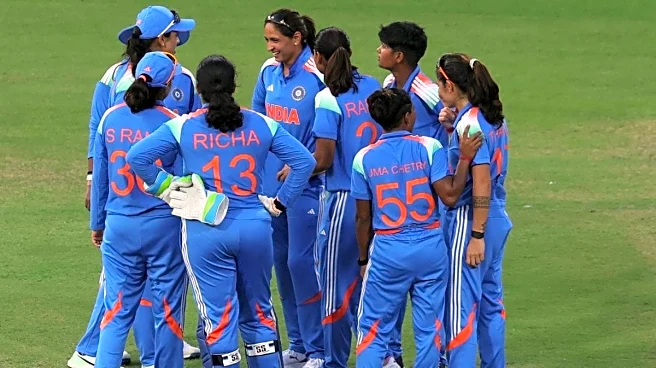
Just weeks after the Moon turned a fiery blood-red during a dramatic lunar eclipse, another celestial show is about to take centre stage. On Sunday, September 21, 2025, the Moon will slip between the Earth and the Sun, creating a Partial Solar Eclipse. Unlike a total solar eclipse, where the Sun is completely covered, this one will leave the Sun looking like a glowing crescent, as if someone has taken a cosmic “bite” out of it. Here's everything you need to know the Partial Solar Eclipse that will take place on September 21.What Exactly Happens During A Partial Solar Eclipse?A solar eclipse occurs when the Moon casts a shadow on Earth, but the type of eclipse depends on where you are standing. The umbra, the darkest part of the shadow, brings
a total eclipse for those lucky enough to be in its path. But during a partial solar eclipse, like this one, observers stand in the penumbra, where only part of the Sun is obscured by the Moon. The result? A surreal, otherworldly sight that turns the Sun into a delicate crescent, a moment that skywatchers and photographers across the globe wait eagerly for.ALSO READ: Solar Eclipse September 2025 Date, Time, Full List Of Cities To Witness Surya Grahan 2025When and Where Will It Be Visible?According to astronomers, the September 21 eclipse will mark the fourth and final eclipse of 2025. Earlier this year, we saw back-to-back solar and lunar eclipses in March, followed by the blood-red lunar eclipse earlier this month. Unfortunately for sky enthusiasts in India and much of Asia, this solar event won’t be visible here. The best views will belong to Antarctica, New Zealand and parts of southern Australia, where a significant portion of the Sun will be covered.Why Is This Eclipse So Rare?What makes this eclipse truly rare is its timing with the September equinox, the day when daylight and nighttime are nearly equal across the globe. This cosmic overlap not only adds to its beauty but also gives the event a symbolic sense of balance and harmony. Experts recommend using certified solar glasses or telescopes with protective filters to view the eclipse safely. Organised viewing events in the southern hemisphere are expected to draw big crowds, making this a spectacle that goes beyond just astronomy, it’s also about reflection, perspective and cosmic wonder.

/images/ppid_59c68470-image-175819752864296977.webp)



/images/ppid_59c68470-image-175812754163172340.webp)






